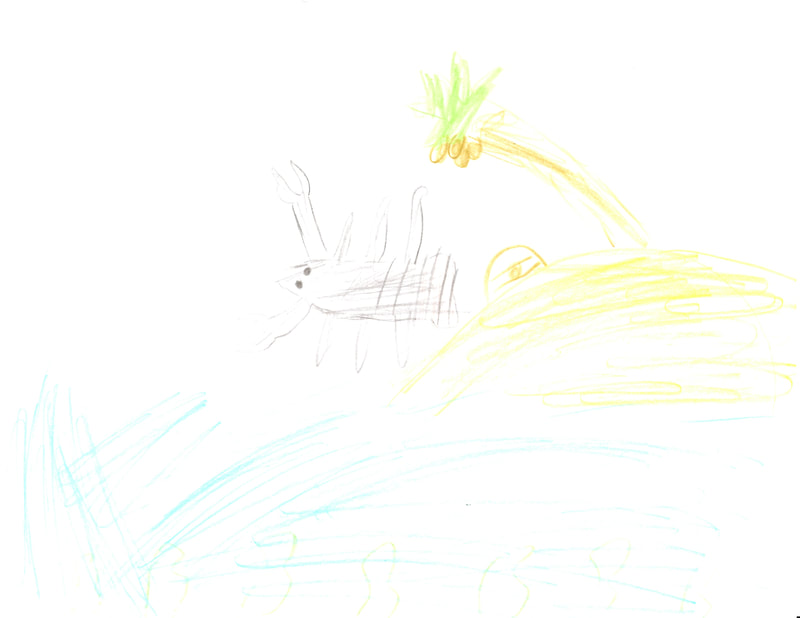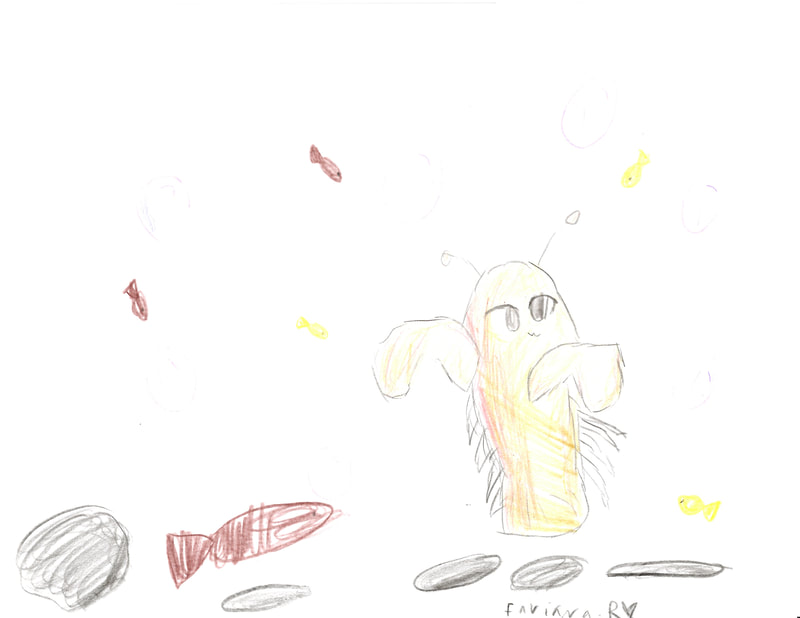column: Susquehanna Greenway Expo offers opportunity to engage public on important river issues6/14/2022 The Middle Susquehanna Riverkeeper Booth at the Susquehanna Greenway Outdoor Expo Riverkeeper's note: This column was provided by association intern Peyton Curley. You can contact her at [email protected] On Saturday, June 4 the Middle Susquehanna Riverkeeper Association attended the Susquehanna Greenway Expo. This expo had over 50 vendors set up in Shikellamy State Park that were all outdoors and environmentally themed. Our booth was at one of the entrances to the event, so we were able to get a lot of foot traffic. We had a poster board with all the information about the MSRKA, as well as some items we were selling. Our main attraction however, was our bucket of Rusty crayfish. The day before the expo, John Zaktansky and I went out to Penns Creek with nets to catch Rusty crayfish hiding under rocks in the stream. We had special permission to collect these crayfish for educational purposes. With the collection of Rusty crayfish, we also had a few macroinvertebrates tagging along as well. Some of these were snails, stoneflies, and hellgrammites.
We set up our Rusty crayfish display at the expo with some rocks from Penn’s Creek to showcase what a river environment looks like. We then put a few of the Rusty crayfish in. This attracted children and adults alike, and we got to educate many on the invasive status of the Rusty crayfish. A lot of people were unaware of how invasive the Rusty crayfish is in the Susquehanna watershed, so it was a good thing that we got to inform so many people about them. Rusty crayfish come from the Ohio River basin, and were introduced into Pennsylvania and the surrounding areas. Today, they take up almost the entire Susquehanna watershed as well as surrounding watersheds such as the Delaware and Potomac. They are able to dominate so much of the surrounding rivers and streams because of their size and aggressiveness. They kick the native crayfish out of their habitats and hiding spots, and also take a large amount of their food. They are very efficient at prohibiting the native crayfish from surviving. Some avid fishers and anglers at the expo knew a lot about Rusty crayfish, and I learned some new facts about them. One angler told me that if you want to use a Rusty crayfish as bait, it’s illegal to use it in any other stream besides the one you caught it from. What surprised me is that I had a few conversations with some people that were very familiar with the local rivers and streams, and they all mentioned how they have only been seeing a Rusty crayfish problem within the last ten years. This was really interesting to hear, but also a little disappointing because that means that the Rusty crayfish problem has only been getting worse. Since I have only had experience in the Susquehanna watershed over the past two years, I have never even seen the native species of crayfish. All of the crayfish I have seen have been Rusty. Besides playing with the crayfish, there was a fun activity for the children to take part in. We had a Rusty crayfish poster contest, where children would draw a picture of the Rusty crayfish using the live ones as a guide, and three random winners would be picked to win a prize. See the photos below. This activity really helped teach kids and their parents how to recognize and identify a Rusty crayfish. Usually, the Rusty crayfish has dark reddish rust patches on their sides and the tip of their claws. They are also much bigger than native crayfish and can even grow up to 5-6 inches long. It was so fun seeing all the drawings, and some of the kids were really talented!
0 Comments
Leave a Reply. |
AuthorsRiverkeeper John Zaktansky is an award-winning journalist and avid promoter of the outdoors who loves camping, kayaking, fishing and hunting with the family. Archives
July 2024
Topics |













 RSS Feed
RSS Feed